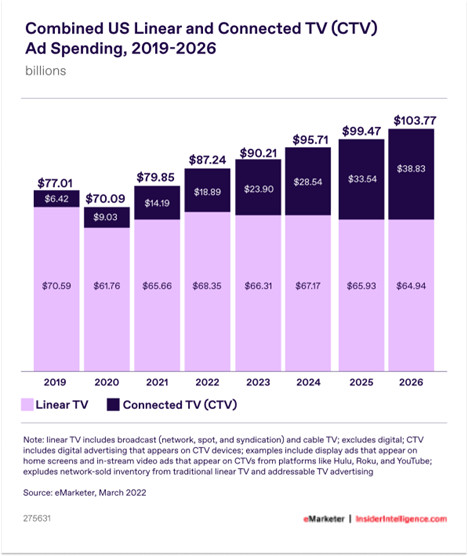There was a time when working with an agency meant stepping into a world of slick pitches, three-martini lunches, and a whole lot of overhead. But today’s marketing leaders are navigating a much different reality … and losing the bar cart is the least of it. Today, leaders are simultaneously handling rapid shifts in technology, AI disruption, leaner teams, and pressure to do more with less. Add in economic uncertainty, and decision makers are looking for agency solutions that aren’t one-size-fits-all, and that understand that a dynamic environment needs a team who can partner (and pivot) with them.
That’s why some brands are increasingly turning to creative partners who offer something different: flexibility, transparency, and teams that feel like an extension of their own. Here’s what to look for in an agency model that can meet the moment, and scale with you through whatever comes next.
Talent You Know And Trust
We’ve all been there: The pitch dazzles and emails are answered seconds after you’ve sent them. But once the kickoff is set up, your day-to-day contacts can be a rotating set of staffers, while the senior leaders who won your business are nowhere to be found. Rather than diving into work, the first few weeks of a project are spent trying to figure out who’s responsible for what, while trying to effectively communicate your needs. Several months into the project, you’ve barely seen any deliverables.
A modern agency should give you access to the actual team that’s executing the work: Specialists you know by name, with deep expertise who understand your space and your goals, and who can take the brief or project and immediately understand what’s expected. This team includes the mix of people who assure that communications and creative are effectively covered, including dedicated points of contact, specialized skill sets, and fresh voices who aren’t afraid to share what they’re seeing in the marketplace and how your brand can cut through the noise.
Custom Teams Built Around You
A team that covers all bases doesn’t mean an inflated team. The right partner will build your team based on your goals, challenges, and existing internal resources. Whether you need a full content production engine, a UX sprint team, or just one whip-smart copywriter to plug into your brand studio, you should be able to scale up or down without renegotiating your entire contract. It’s about hand-selecting the right mix of talent for the jobs in your queue and having the flexibility to pivot — with the resources ready for whatever you may need.
Flexibility and Transparency
AI is transforming how we create, market, and measure. Economic headwinds are shifting where and how budgets get spent. In this environment, agility is essential. Your agency partner should be able to scale teams based on project flow, as well as provide niche expertise needed, such as AI content integration. And even as they integrate tech into deliverables, the best agency partners bring a human element and clear POV to the project, offering opinions, learnings, and unique perspectives while serving as collaborative support for your internal team.
This collaboration means anchoring the partnership in transparency and accountability. With increased scrutiny on budgets, CMOs and marketing leaders need clear, measurable ROI on every dollar spent. This includes real time reporting to show time and resource utilization, strategic visibility into where talent is being deployed and who is driving results, as well as a pricing system where you’re only paying for the time you’re actually using, rather than being locked into an opaque retainer.
A Team That Works Together To Drive Results
The best creative partners don’t just deliver assets, they build momentum. They integrate into your systems, learn your voice, and get to know your stakeholders. And when it makes sense to convert a contractor into a full-time employee, the right model should make that easy. Because sometimes the best person for your team is already part of your team. An agency that can provide top-tier talent and celebrate when it’s a match for full-time conversion is one who has your best interest in mind, rather than a separate agenda that creates a moat between you and the talent that understands your business best.
At Creative Circle, This Is the Model
We’ve built our agency services with today’s marketing realities in mind:
– Top-tier talent with specialty skill sets and proven experience
– Custom-built teams designed around your exact needs
– Flexible models that scale with you, and evolve as your strategy shifts
– A people-first approach that blends seamlessly into your internal team
– Transparent pricing and reporting to help you stay in control
About Creative Circle
💡 At Creative Circle, our human recruiters identify the right candidates and teams, for your marketing and creative projects. We ensure your pain points are solved with top tier talent, backed by deep industry experience. Whether it’s building creative teams, expanding your capacity with the right contractors, or filling that one critical role, we make sure you exceed your goals and drive meaningful results.
About the Author: Anna Davies is a Creative Circle freelancer who specializes in personal finance, investing, fintech, and startups. She has worked with WeWork, Happy Money, and Haven Life —plus Fortune 500 companies such as Goldman Sachs, American Express, Citi, and Chase. Davies has also collaborated and ghostwritten for multiple New York Times bestsellers.

